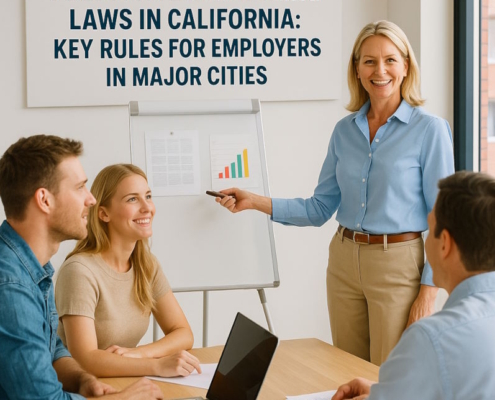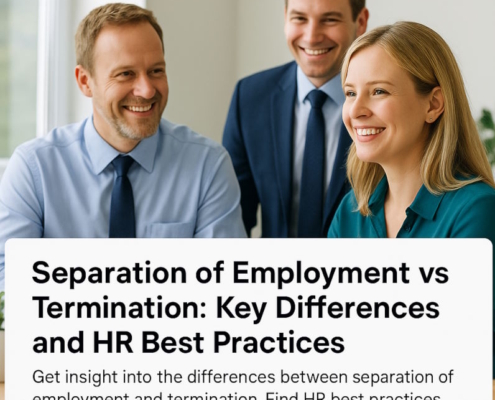Volunteer time off (VTO) and voluntary time off (VTO) are the two types of leaves. When creating your leave guidelines and communicating them to your staff, it is crucial to comprehend the distinctions between these unpaid and paid time off alternatives.
Voluntary time off: What Is It?
Some businesses employ voluntary time off as a type of leave to manage personnel needs with dynamic workloads. When more workers than required are available on a particular day, they are allowed to utilize unpaid leave without it negatively affecting their position of employment.
The well-known online retailer Amazon is one illustration of a business that has adopted this strategy, pushing its warehouse employees to use VTO to boost productivity and save labor expenses.
What Negative Effects Can Voluntary Time Off Have?
The imbalance between workforce and workload can be maintained by voluntary time-off regulations, even though they can assist cut down on unnecessary periods in call centers and warehouses. Furthermore, the notion that the business prioritizes cost savings over the well-being of its workforce may arise from voluntary time-off initiatives.
When choosing whether to utilize VTO or remain and make the necessary income, workers may feel uncomfortable, particularly if management needs to meet VTO quotas.
Volunteer time off: What Is It?
Employees who work for a recognized community or charity organization can earn paid time off, wherein they get their usual income in exchange for their hours of service. An organization’s commitment to corporate social responsibility is strengthened by this type of VTO. This could be among the many initiatives to influence the community or draw in workers who wish to give back to their neighborhoods. Employers now have an additional option to give beyond mere cash contributions to non-profits and communities thanks to VTO.
VTO vs. PTO (Paid Time Off)
Volunteer time off is simply one sort of paid vacation; PTO (paid time off) is an umbrella word that includes every kind of paid time off. Conversely, since it is unpaid, voluntary time off isn’t covered by PTO.
It is important to combine volunteer time-off periods with various paid leave options so that workers have enough free time to use sick days, vacation time, and VTO responsibilities.
How Many Businesses Provide Paid Time Off for Volunteers?
Employers are increasingly offering volunteer time off as a benefit. 47% of businesses provided volunteer opportunities in the community in 2022. In order to provide their workforce with more options during and after the COVID-19 pandemic, several organizations also offer online volunteer programs.
The right implementation of VTO may enhance the bond between your company and your workers by demonstrating to employees that you value their drive to help improve the environment around them. Several companies that provide volunteer time off comprise:
- Rocket: In addition to unlimited paid time off for corporate-sponsored volunteer events, the housing and car lending company allows its staff to volunteer as much as eight hours per week through any 501(c) (3) organization.
- Salesforce: This cloud software provider provides a VTO of 7 paid days. They motivate staff members to look for skill-based opportunities so they can apply their knowledge to support underserved organizations.
- Johnson & Johnson: Apart from producing products that have evolved into everyday necessities, Johnson & Johnson offers its workers 4 days of VTO (paid) as a component of their compensation package, encouraging them to contribute to the community.
How to Establish a Policy for Volunteer Time Off
Creating a VTO policy that assists staff in choosing deserving organizations to use their VTO time is crucial. These inquiries need to be addressed in your policy:
- Can volunteers support political causes on behalf of your organization?
- Exist any organizations that contradict the goals and core principles of your business?
- Who will grant VTO requests approval?
- Which forms of validation will you ask your staff to provide?
Developing a VTO strategy that is optimal for your business establishes the foundation for an effective and noteworthy initiative.































